With auxiliary sensor integration, the humble CTD becomes a powerful hub for sampling and data. Learn how to identify the required cable for any sensor integration.
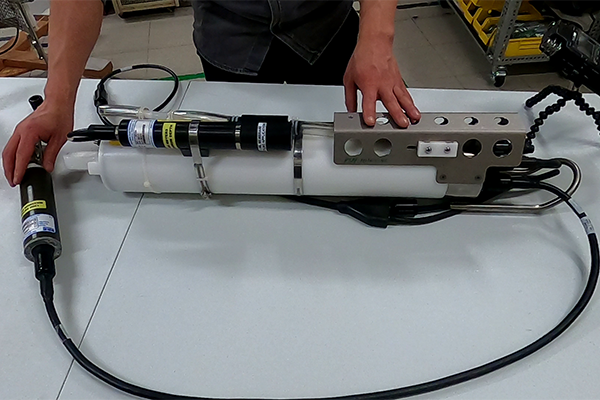

With auxiliary sensor integration, the humble CTD becomes a powerful hub for sampling and data. Learn how to identify the required cable for any sensor integration.
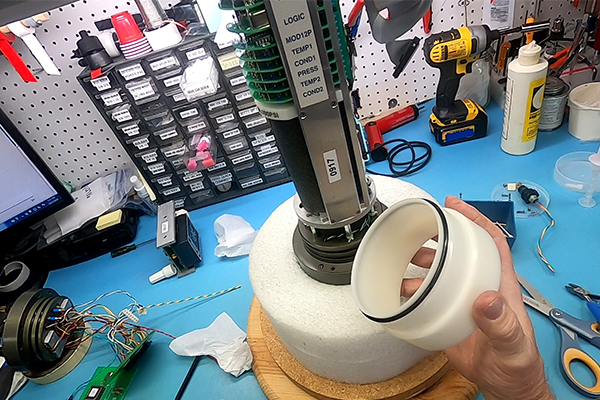
Watch how one of our Senior Service Technicians replaces the O-rings on the endcap of a 9plus CTD using specialized tools.
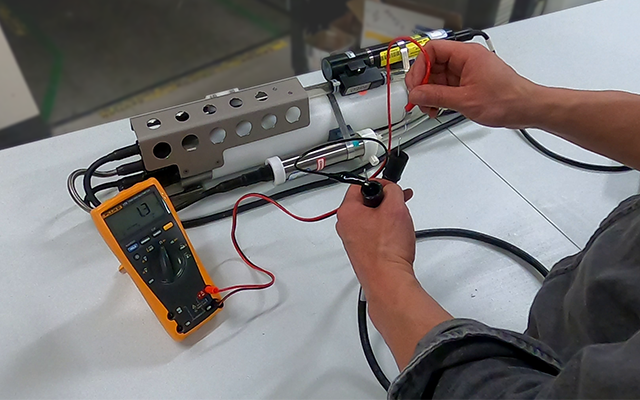
Integrating analog sensors is relatively painless, at least compared to the more finicky RS-232 sensors. But what happens when you've diligently followed the instructions yet fail to receiving data from your sensor? Watch our troubleshooting video to learn our methods...
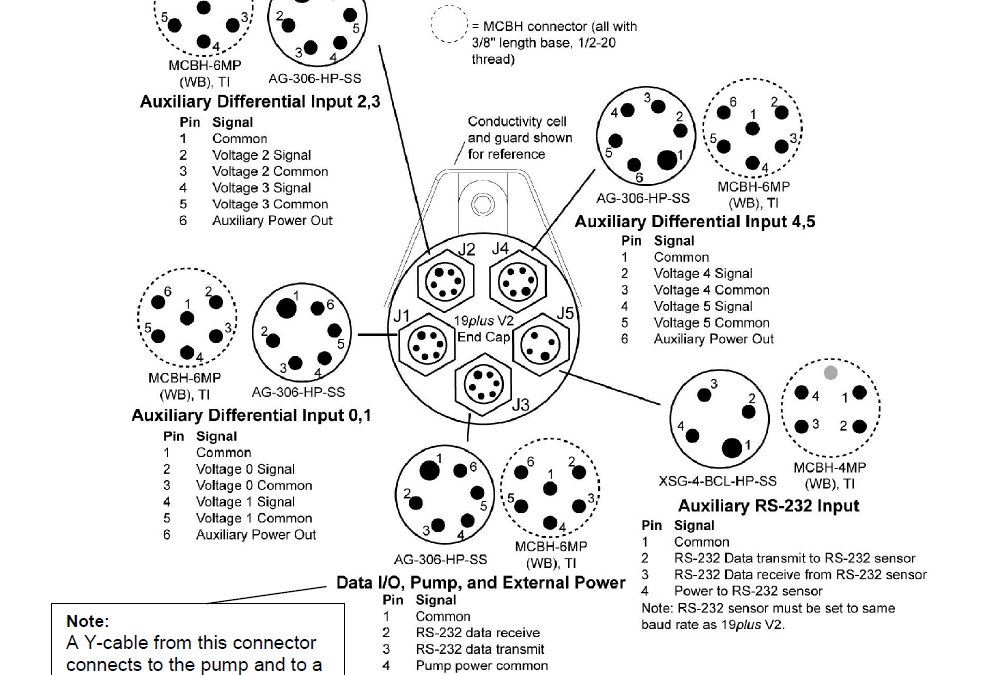
From bottom contact triggers to transmissometers, oceanographic sensor options are vast and diverse, and choosing the right combination of sensors can significantly augment a CTD’s measurement capabilities. Although getting disparate technologies to talk to one...
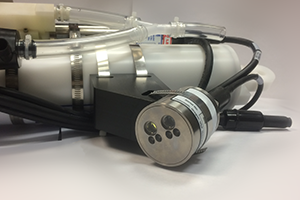
Unlike analog auxiliary sensors, instruments that output serial RS-232 data are more challenging to integrate with Sea-Bird Scientific CTDs. Despite RS-232 being a standard communication protocol, most instruments have a unique data output format and command set. As...
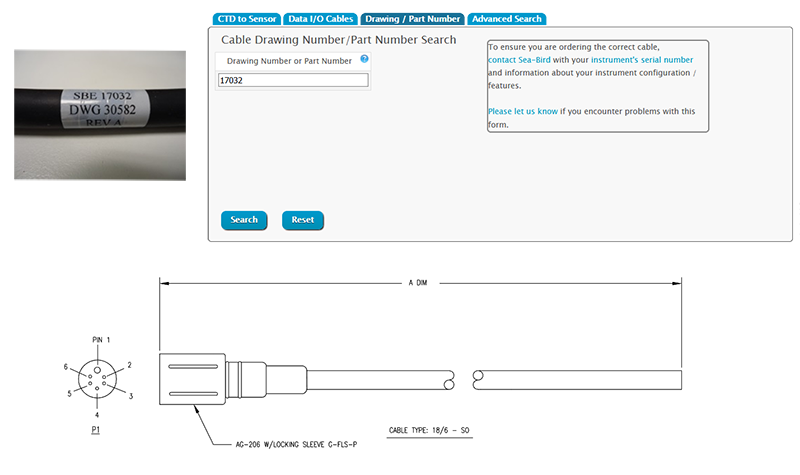
Consider this hypothetical situation: you find a loose cable with a 6-pin connector and a 4-pin connector - exactly what you need to connect an oxygen sensor to your CTD. However, just because the cable ends fit on the instrument connectors, you still don’t know if...
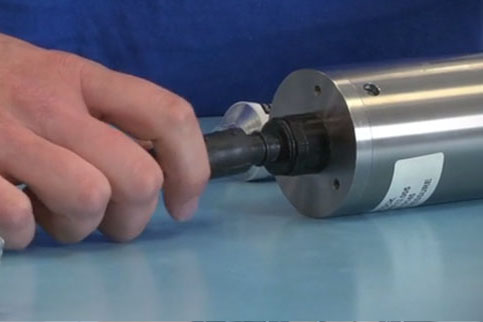
An instrument’s bulkhead connector is often its only pathway for communication. Although they are robust, failure to care for the connector can quickly put an end of to a research expedition. Lean how to properly clean and maintain your instrument’s connectors with...
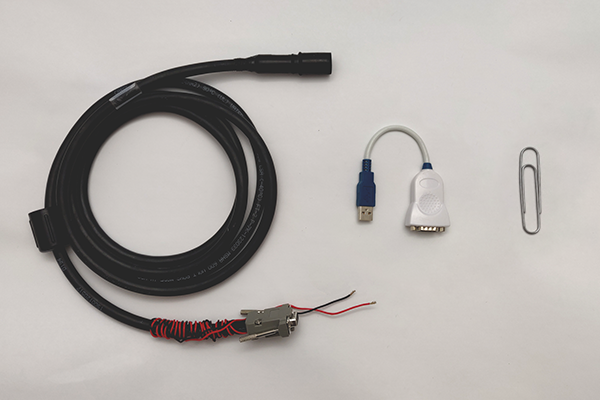
January 2020 Newsletter Paperclips are handy, but have you used one to troubleshoot an oceanographic sensor? When you’re unable to communicate with your instrument, the humble paperclip is one of the first tools that Sea-Bird Scientific’s technical support team...
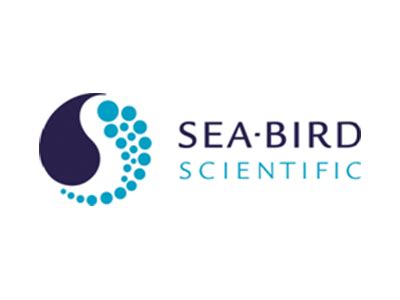
Upgrading to a SeaFET V2 from the original SeaFET is completely internal—aside from the most inaccessible hardware within the instrument, the V2 uses the same housing, sensors, and batteries as the V1. Therefore, the basic maintenance procedures for the V1 and V2 are...
The Deep SeapHOx™ V2: Revolutionizing Moored Ocean Monitoring Welcome to the future of oceanographic research with the Deep SeapHOx™ V2. Designed for long-term deployments in diverse environments, from shallow regions to the deep ocean, this state-of-the-art...
The HydroCAT-EP V2 Multiparameter CTD: Precision Insights for Environmental Monitoring Dive into the future of environmental monitoring with Sea-Bird Scientific's cutting-edge HydroCAT-EP V2 (HCEP-V2). This multiparameter CTD offers an impressive dynamic range,...
We hope to see you at AGU24 Overview Each year, AGU’s annual meeting, the largest gathering of Earth and space scientists, convenes 25,000+ attendees from 100+ countries to share research and connect with friends and colleagues. Scientists, educators, policymakers,...